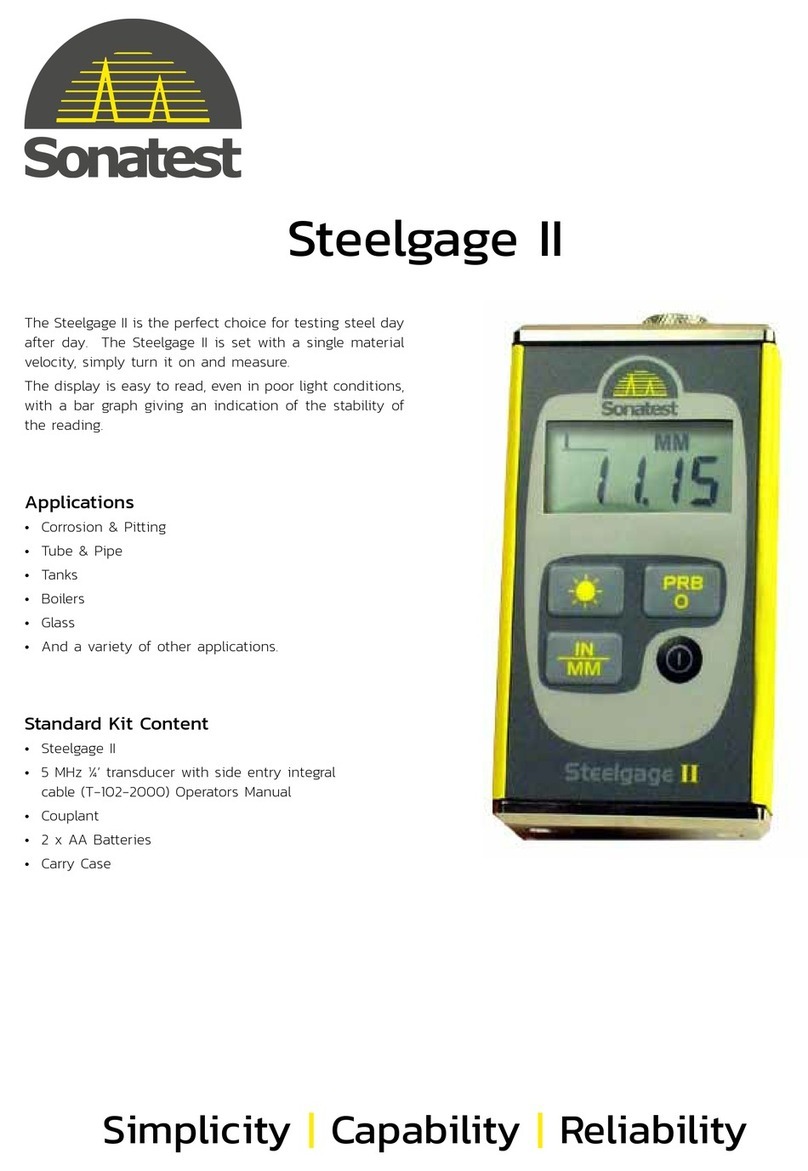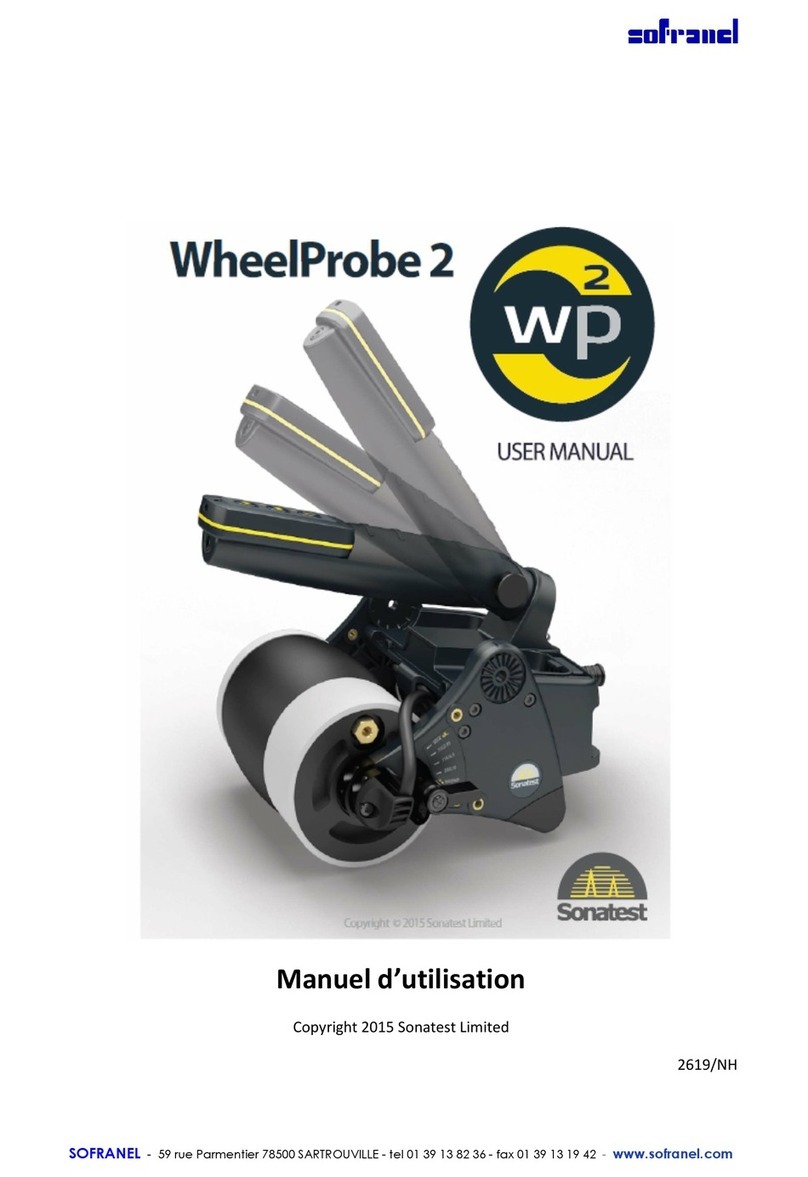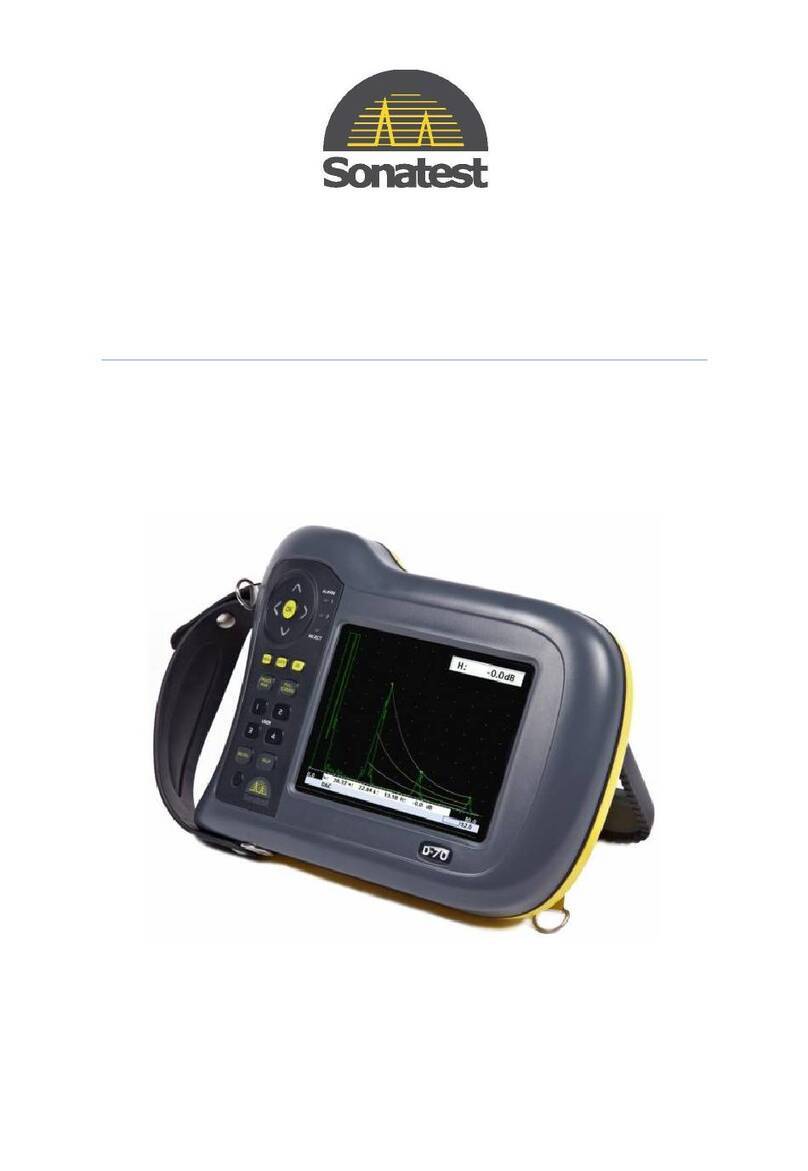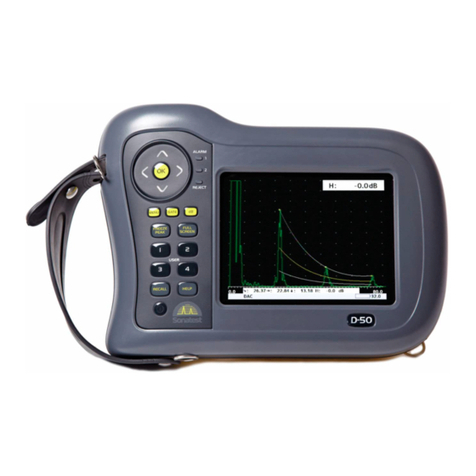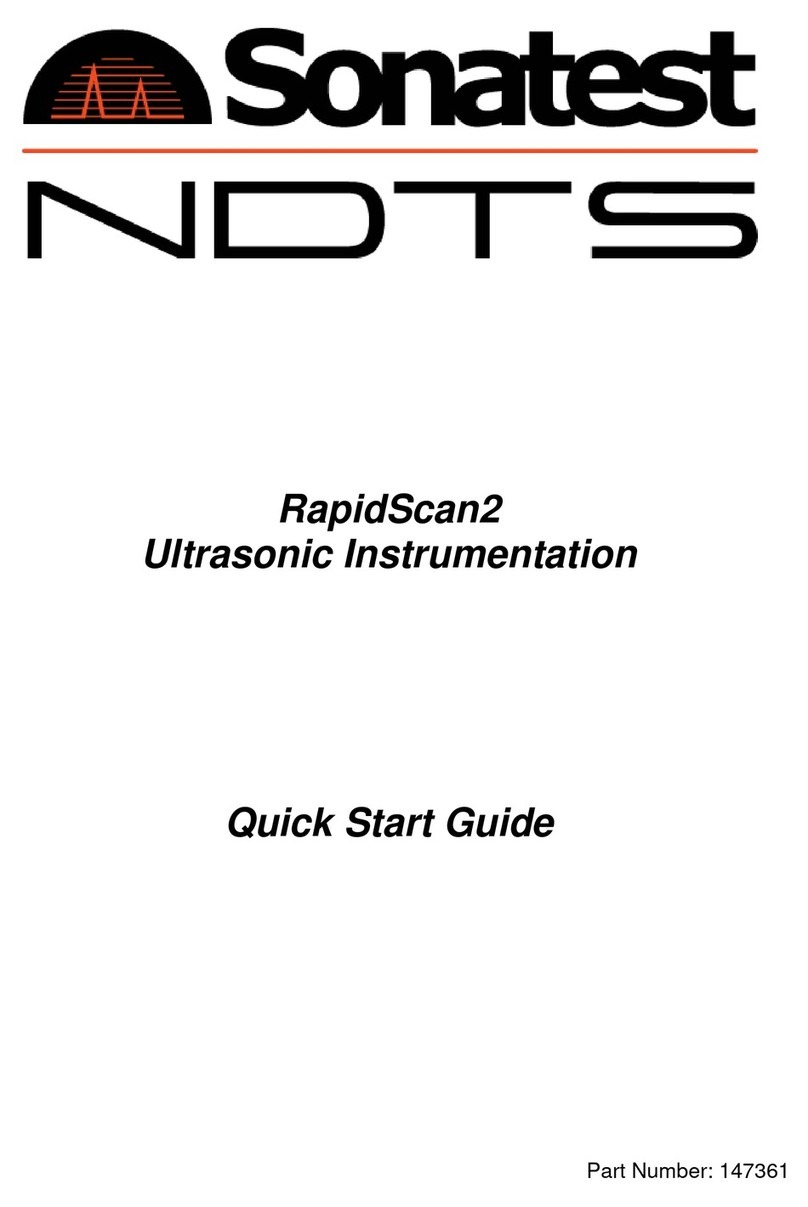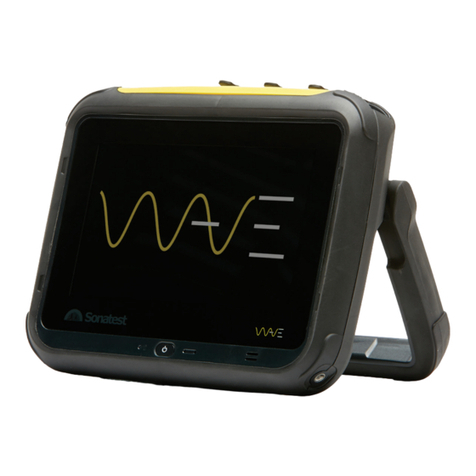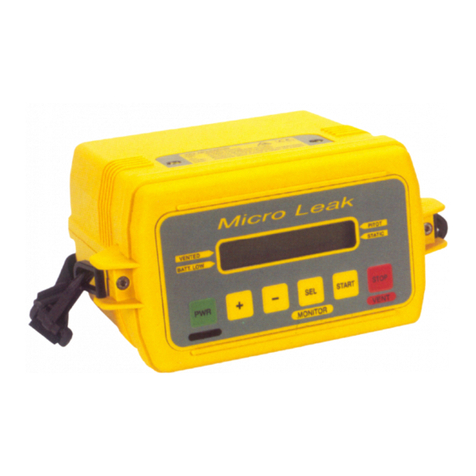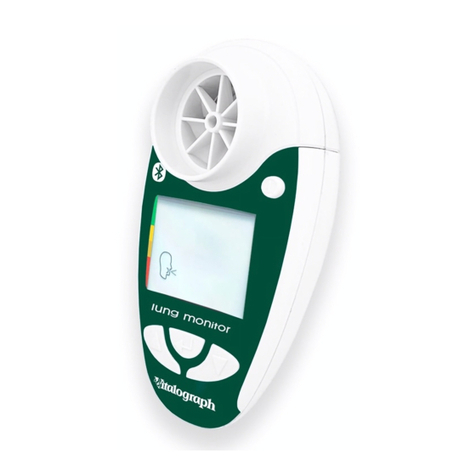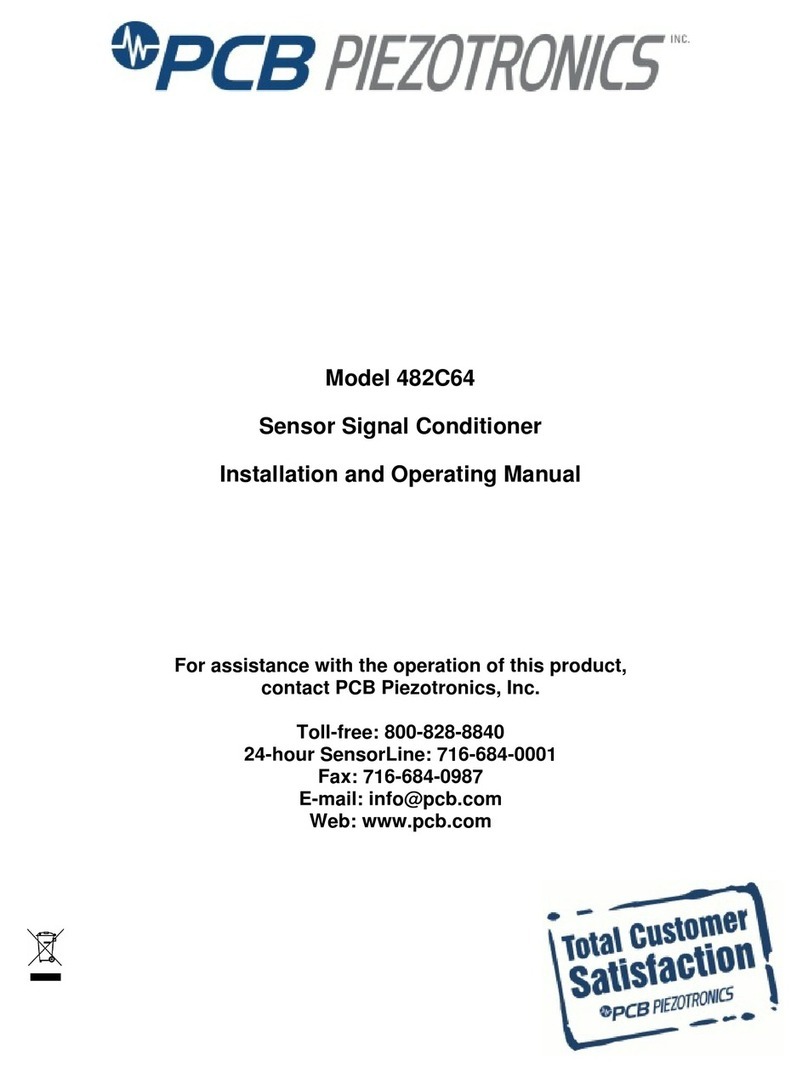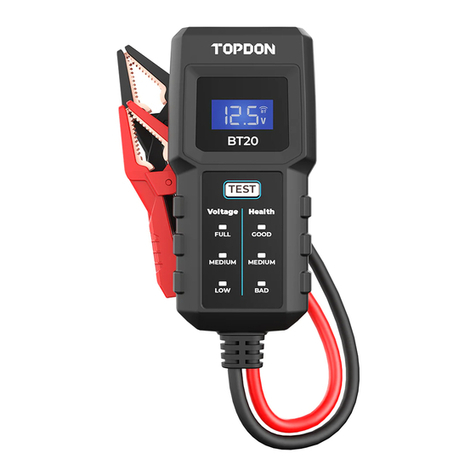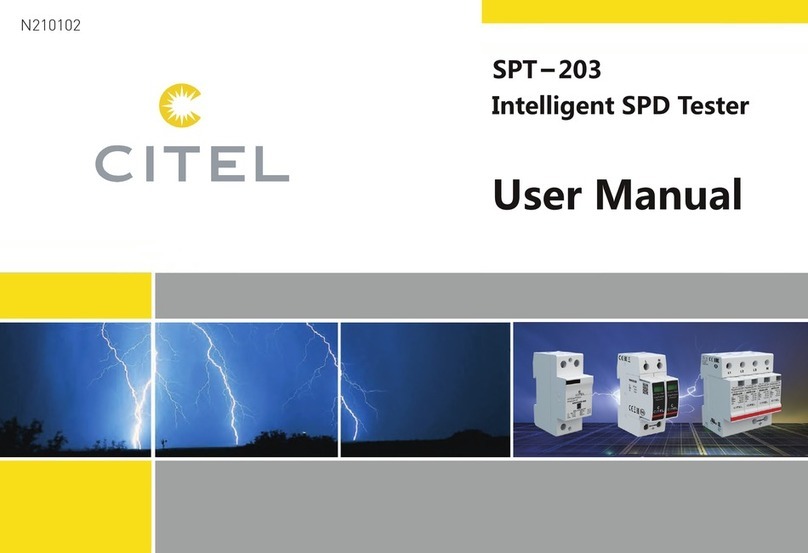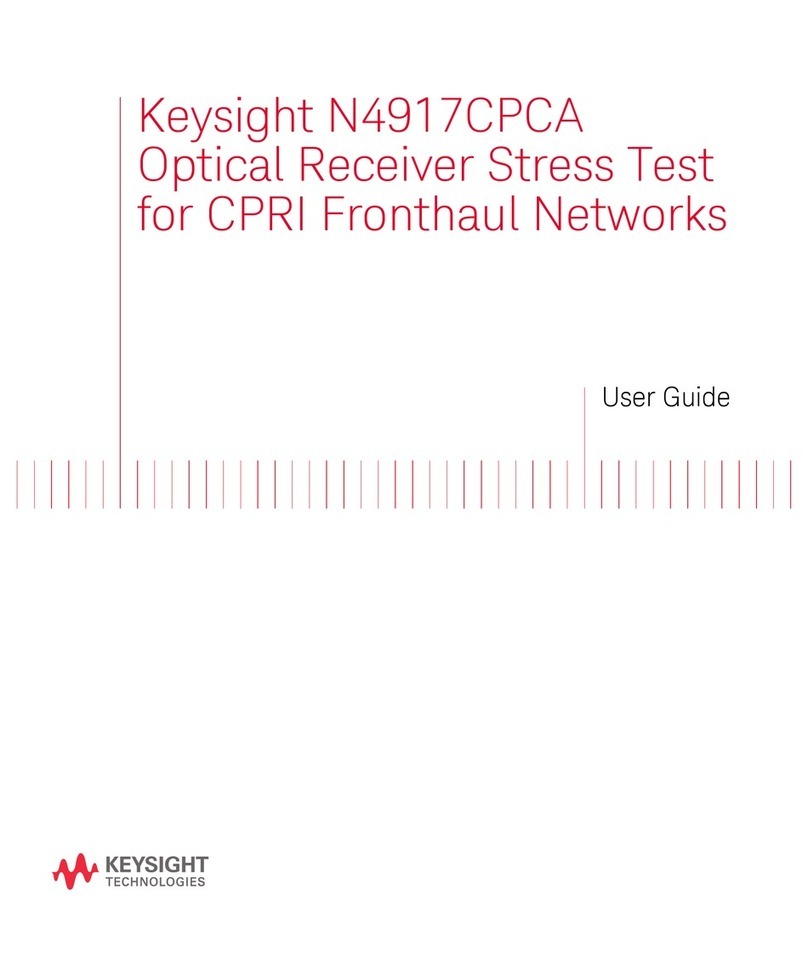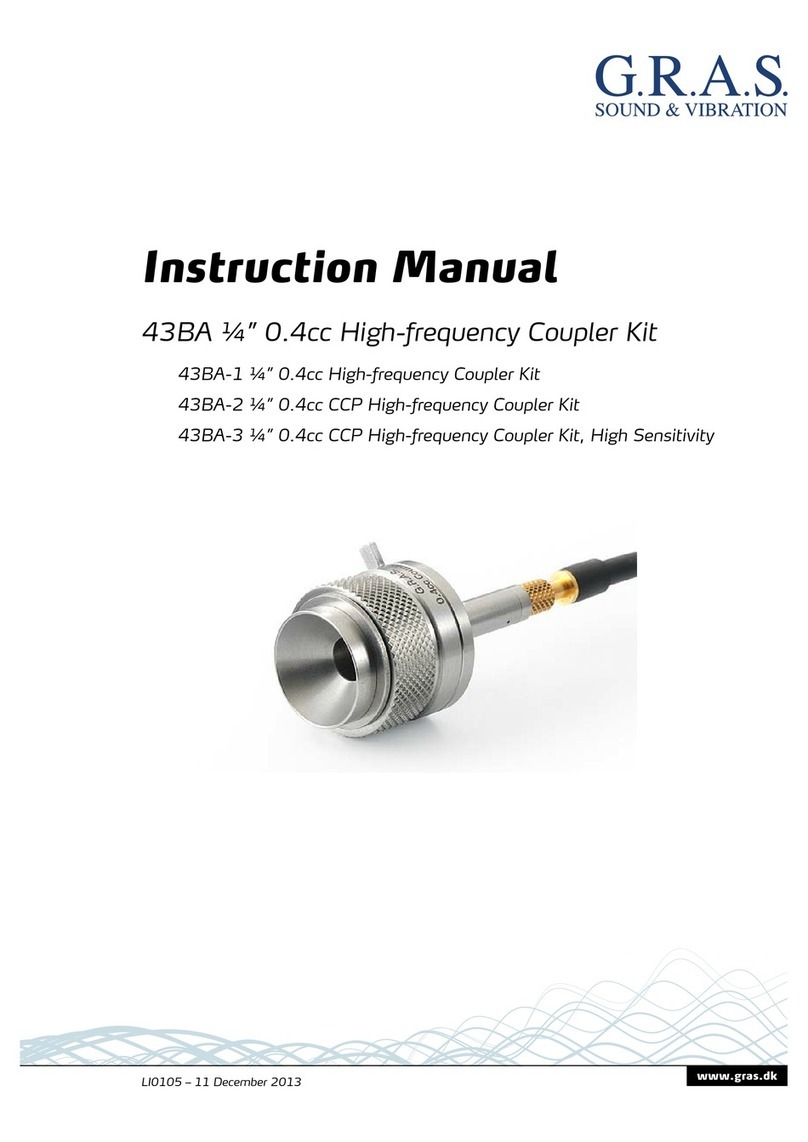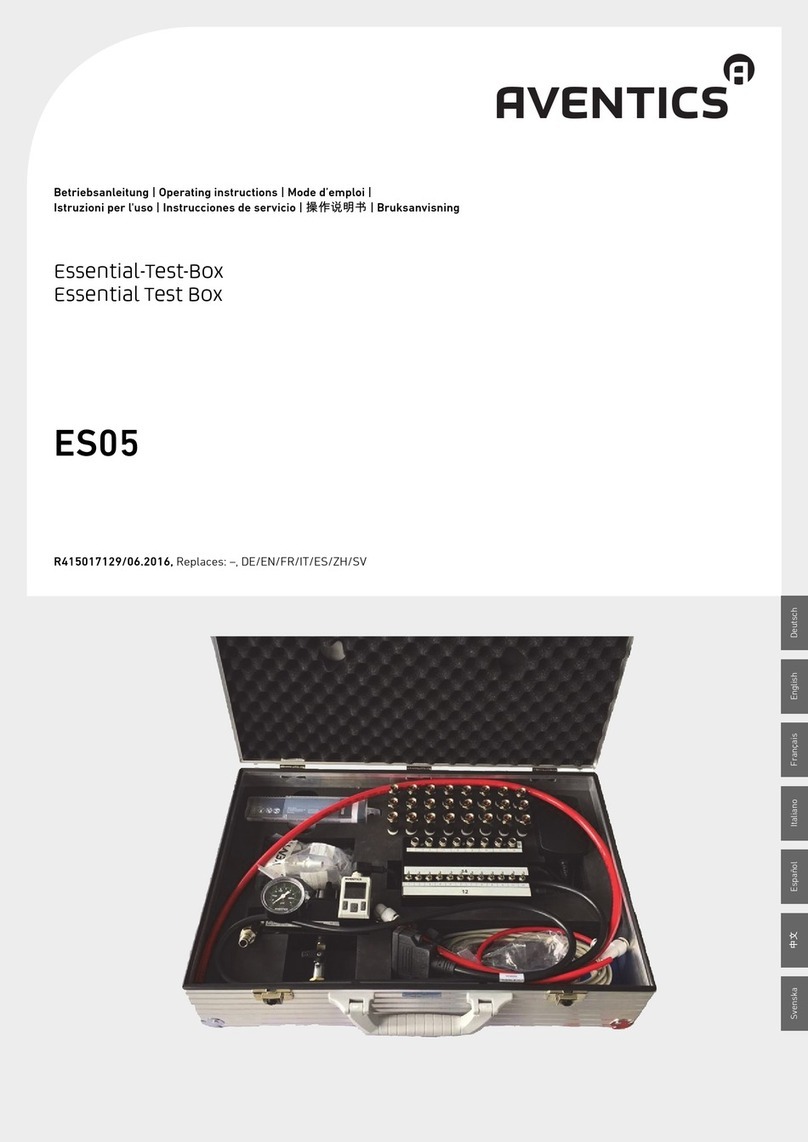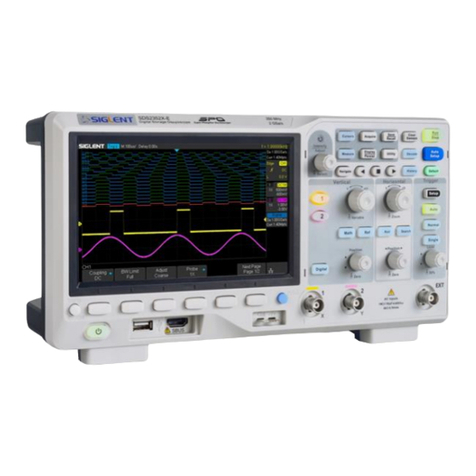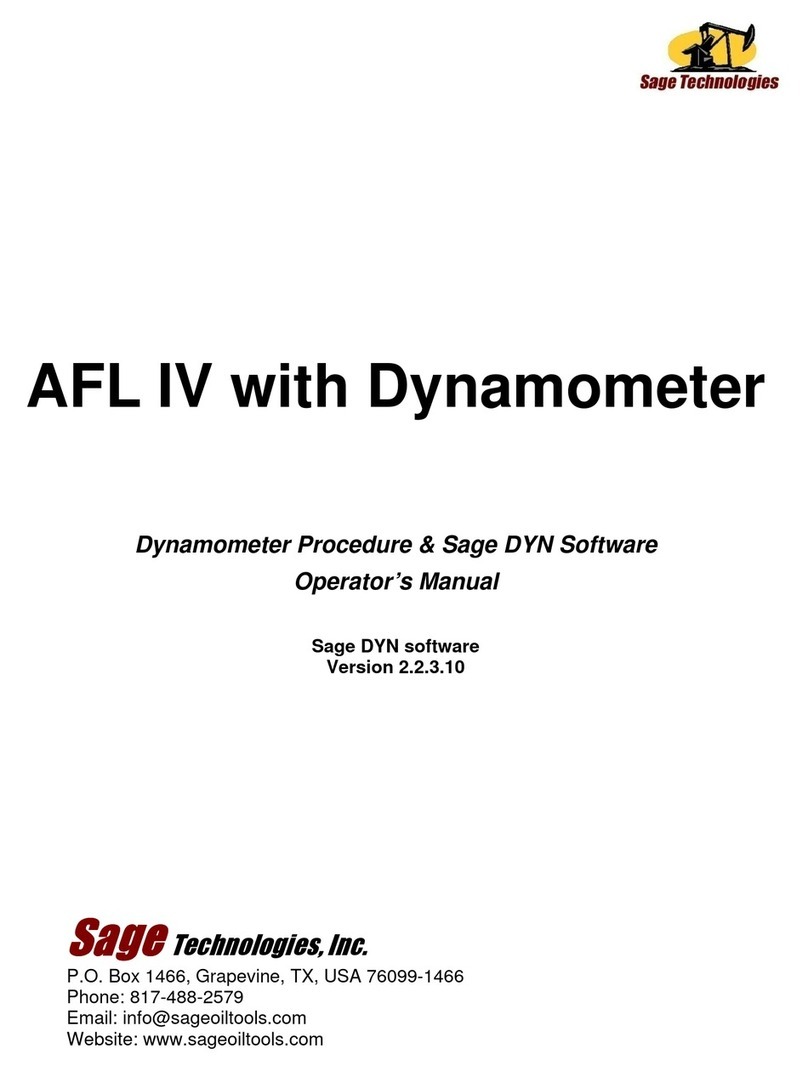Sitescan 150 User’s Guide ~ Contents
Page iii
4.4.7AWS Menu.......................................................................................................29
4.4.8API Menu.........................................................................................................30
4.5UTIL Menu...........................................................................................................31
4.5.1UTIL Menu......................................................................................................31
4.5.2VIDEO Menu...................................................................................................31
4.5.3MISC Menu .....................................................................................................32
4.5.4AGC (Automatic Gain Control) ......................................................................33
4.5.5PRINT Menu....................................................................................................34
4.5.6P_O/P Proportional Output Control Menu....................................................35
4.5.7CLOCK Menu..................................................................................................35
4.6MEMORY Menu ...................................................................................................36
4.6.1PANEL Memory Menu.....................................................................................36
4.6.2A-LOG Memory Menu.....................................................................................37
4.6.3REF Menu........................................................................................................38
4.6.4T-LOG Menu Numeric Mode..........................................................................38
4.6.5T-LOG Menu Sequential Mode.......................................................................39
4.6.6T-LOG Menu Delete Mode .............................................................................39
4.7Storage & Recall of Calibration Setups................................................................40
4.7.1To store a panel set: .......................................................................................40
4.7.2To recall a panel set:.......................................................................................40
4.7.3To delete a panel set: .....................................................................................40
4.7.4Adding NOTES to PANEL and A-LOG sets ......................................................40
4.7.5Edit Notes Summary .......................................................................................42
4.7.5.1Using the Front Panel Keypad ..............................................................42
4.7.5.2Using the Optional Keyboard ...............................................................42
5Flaw Testing ....................................................................................................................44
5.1Basic Flaw Testing ...............................................................................................44
5.2Flaw Testing Calibration......................................................................................45
5.3DAC Operation ....................................................................................................49
5.4Weld Inspection Using Trigonometry Mode .......................................................51
5.5Weld Inspection Using the AWS Menu................................................................53
5.6Evaluation of Pipe Imperfections using API 5UE ................................................55
5.7DGS/AVG Operation ............................................................................................58
5.7.1Theory.............................................................................................................58
5.7.2DGS/AVG ~ Frequency, TBVEL and ERS.......................................................60
5.7.3DGS/AVG ~ NFL, DELAY and PED.................................................................60
5.7.4DGS/AVG ~ T-Loss, REF and MAT.................................................................61
5.7.5DGS/AVG ~ dVK, REF TYPE and REFSIZE.....................................................62
5.7.6DGS/AVG Calibration......................................................................................63
5.7.6.1Adjustment............................................................................................64
5.7.7Measurement ..................................................................................................66





















